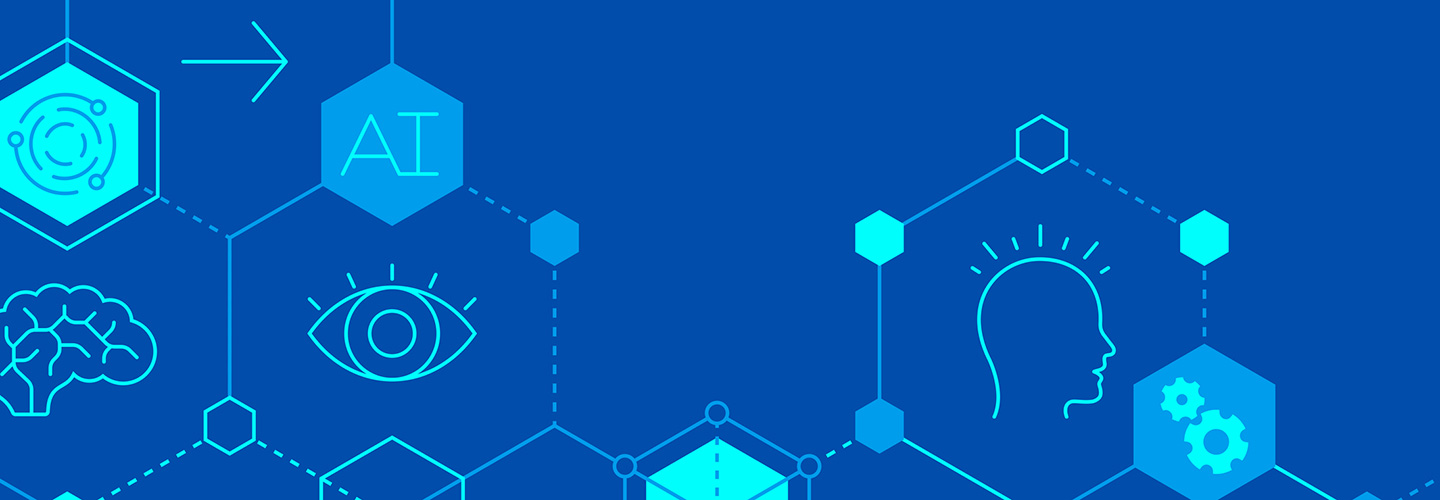Looking to serve up personalized B2B content on your company’s website? Want to make smart, data-driven decisions based on your audience’s engagement with your content?
Start by optimizing your website’s taxonomy and tagging system to align with your personalization goals and strategies. Taxonomy and personalization go hand in hand.
Personalization Priorities—and Challenges
Personalization is a top priority for B2B marketers. In a 2019 report published by Evergage on “Trends in Personalization,” 85% of marketers surveyed agreed that personalization helps advance customer relationships, with 70% stating it has a “strong” or “extremely strong” impact.
And 85% of those surveyed noted that their prospects and customers expect a personalized experience. Top motivators for personalizing content included:
- Improving customer experiences (88%)
- Increasing loyalty (59%)
- Generating measurable lift/ROI (50%)
There’s just one catch: Marketers don’t think they’re doing a very good job with personalization. In the same Evergage report, 43% of respondents graded their personalization efforts a “C”; 15% gave themselves a “D” and only 5% thought they earned an “A.”
We suspect more than one reason for this struggle, but data might be the biggest challenge: 45% of marketers felt that they did not have sufficient data and insights to drive effective personalization.
4 Steps to Define Your B2B Personalization Strategy
Harnessing data for personalization—pulled from a CRM, CMS, digital experience platform (DXP), or other personalization engine—is without question a challenge. But there’s a way to make it easier: Develop a customized and well-organized personalization strategy that addresses both your company’s goals and your audience’s needs.
Let’s take a closer look at how to develop that strategy, including the important role taxonomy plays.
Step 1: Identify Your Company’s Objectives and KPIs
Your goals for personalizing content and visitors’ experiences might include:
- Boosting the number of qualified leads by guiding visitors down the sales funnel
- Deepening your audience’s engagement via return visits, page views per visit, time on pages, time on site, social sharing, decreased bounce rates, and increased click-throughs
- Understanding your visitors’ journey by gaining a deeper knowledge of how content is being consumed and reacting to user behavior as your visitors interact with content
- Improving search payoff—both from increasing SEO-related conversion as well as from enhancing the efficacy of site search
- Increasing efficiency of your marketing programs: through targeting, understanding the effectiveness of certain content formats, and managing your content’s shelf life
Step 2: Decide Which Attributes Define Your Market Segments
Attributes are data-based on actual behavior and demographics used for building a picture of your different audiences. Possible attributes might include industry, profession, experience level, location, or journey stage, to name a few examples.
Step 3: Ask Which Triggers Will Help to Identify These Attributes
There are two types of personalization triggers:
- Explicit personalization means I know exactly who you are, and I’m creating an experience tailored to your known needs and wants
- Implicit personalization means I can infer certain information based on your behavior patterns, and I’m using those patterns to create an experience tailored to your estimated needs and wants
There are two ways to deliver personalized content. The first is programmatic personalization, in which content variations are manually entered or created as structured content elements and managed within a personalization engine. Attributes that distinguish this kind of personalization might include a company name or exposure to content. The content itself might include calls to action or a welcome message.
The second way to deliver personalized content is dynamically. In this case, content is served up to match user attributes with the help of tags that have been applied to core content. Attributes might include industry, propensity to convert, and location.
Step 4: Determine Which B2B Content and Tags are Needed to Deliver a Targeted Experience
Content might include campaign landing pages, white papers, articles, case studies, videos, or virtual events. This targeted content will vary depending on:
- Who the visitor is
- Which behavioral patterns they exhibit
- Where they are in their customer journey
Is this person brand new to your website, or are they further along in their journey and in need of training, maintenance, or a product upgrade? Whoever the end-user is and at whichever point they are in their journey, it’s up to you, the marketer, to serve up the content that’s most relevant.
All content that is part of your personalization project should be accurately tagged, and the overall taxonomy should be optimized to serve up this personalized content.
Taxonomy’s Role in Personalization
Taxonomy can be defined as a scheme of classification organized into a hierarchy with categories and subcategories. It is a tool that allows your digital content to be findable through a controlled vocabulary of terms—what we also refer to as tagging.
You’ll want to organize tags by categories and then within each category you’ll create a hierarchy of “parent” and “child” tags. Child tags go one level deeper to further define content related to the parent tag. As an example, if “financial planning” is the category, “retirement” would be a parent tag. “401k” and “Roth IRA” might be child tags. Each tag should be unique, meaning that it should only be accounted for once in your taxonomy.
Taxonomy is built and maintained on the back-end of your website. It will “talk” to the CMS and be in sync with your content ecosystem, including site navigation, segments, and user attributes. By tagging core content, especially assets and pages that you want to be part of your personalization strategy, you can serve up relevant content to whoever visits your site at whichever point they may reside in their customer journey.
In addition to being the secret sauce that holds your personalization strategy together, an optimized taxonomy allows your in-house team to review analytics by category and make smarter, performance-driven decisions. Taxonomy also helps with journey mapping—enabling you to better understand your audience’s dotcom journeys.
Other benefits of optimizing your site’s taxonomy include improving the accuracy of your on-site search engine, as well as on-page content display and filtering. Taxonomy can even help you with bundling content for syndication or redistribution.
Some Additional Thoughts on Dynamic Content
Ready to get started with your personalization strategy? It’s best to keep it simple and set specific boundaries for your project. You can always further define your market segments, incorporate additional content, and update the taxonomy as you go.
Select key areas of the experience to target within your content architecture. Start with highest priority attributes first, and then add layers. Lastly, be sure to test and refine your personalization approach in order to optimize results over time. You’ll be tackling taxonomy in no time!
Talk to Tendo
Need help with optimizing your website taxonomy and personalization strategy? Tendo can help. See what we did for Salesforce. Then drop us a line at inquiries@tendocom.com.









